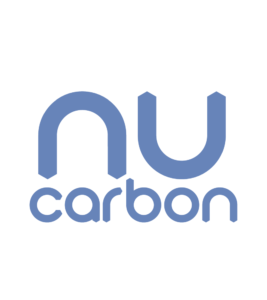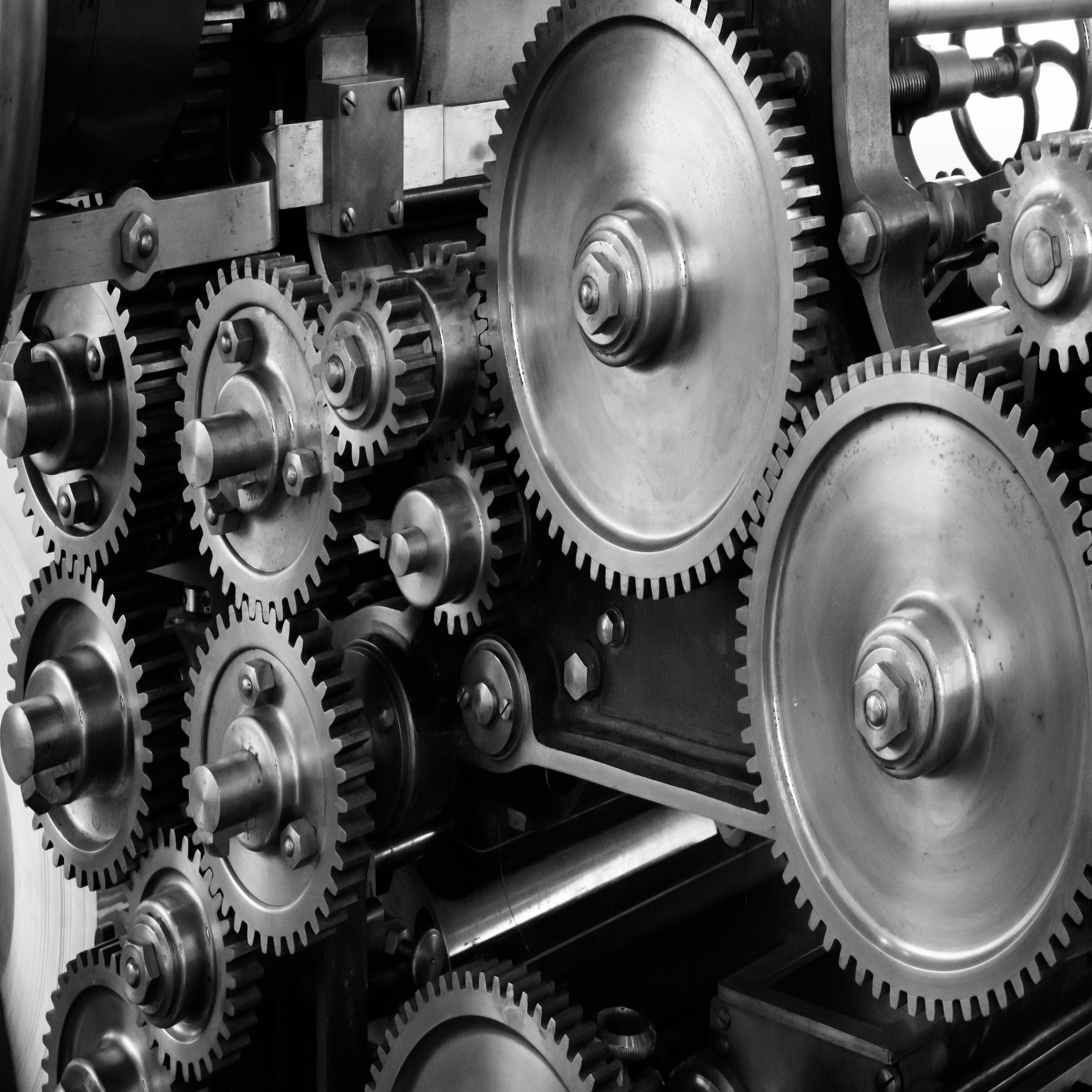TO CREATE HIGH-VALUE PRODUCTS FROM SOLID AND GASEOUS CARBON

WE SET UP PROJECTS
We Can Capture CO2... But Then What?
Most scientific models that the IPCC used to chart a course away from catastrophic climate change, require the use of carbon capture, utilization and storage (CCUS) solutions.
The sequestration of CO2 in high-value end applications, or carbon-based products, presents substantial opportunities for moving the world towards net zero emissions while expanding market potential.
Gaseous end uses for waste CO2, such as zero-carbon fuels, would turn what is currently a linear energy system into a circular economy.
Solid carbon products offer impactful vessels for trapping CO2 longterm.

“A global mission to sequester the carbon dioxide from fossil fuel plants and industrial processes combined with pyrolysis of organic waste and direct air capture of carbon dioxide from the atmosphere can collectively reduce CO2 content in the earth’s atmosphere to mitigate the effects of climate change in the 10-year time frame without excessive expenditures and disruption to the economy.”
We Connect Carbontech Solutions
Carbontech solutions exist. From pyrolysis systems that capture carbon from waste streams to other game-changing technologies that convert CO2 into high-value end products.

Carbon Black, Carbon Fibers: strong, lightweight, metal-alternative materials with the structural integrity to make a variety of products, including wind turbine blades, race cars, airplanes, and bicycles; and with conductive properties for applications in batteries, supercapacitors, and solar desalinations.

Carbon Nanotubes: high-value carbon nanotubes increase strength and durability in products: tires with improved wear resistance and grip; batteries with stronger cycling performance and higher energy density; cement with increased holding power and decreased need for carbon-intensive raw cement per unit of volume

Bio Composites: Captured CO2 combined with natural fibers, such as sawdust, rice hulls, palm fiber waste and flax, can be used to make strong, lighter weight carbon-based materials that are increasingly the choice for green construction and environmentally friendly auto body products.

Carbon Nanoparticles: combining CO2 with waste products such as fly ash creates nanoparticles that can be used as additives for strengthening concrete, plastic, and coatings with enhanced performance and efficiency.

Bio Plastics: concentrated carbon combined with hydrogen synthesizes a naturally occurring PHA-based biopolymer material that is then purified and processed into a pellet, which can then be melted and formed into shapes to make furniture, instruments, sporting equipment, and much more.

Chemicals and Polymers: an electrochemical reduction of captured CO2 can turn gases into chemicals and polymers to create a plethora of commercial products, such as sneakers and sunglasses.

Methanol: an artificial photosynthesis process can convert captured CO2 into methanol, a key feedstock across transport industries and a renewable zero-carbon fuel. Methanol is also the building block for thousands of everyday products, including resins, pharmaceuticals.
The Nu Carbon Focus
Helping you find the right product-market fit between gaseous/solid carbon products and specific end applications. Nu Carbon:
Connects CCUS technologies + solutions to achieve full potential: tap into almost unlimited supply of incoming CO2 to enhance output of valuable carbon products
Develops innovation projects that push the boundary on gaseous, liquid, and solid end use applications for captured CO2
Supports efforts focused on solid carbon integration from companies selling manufactured goods
Enables carbon products to find specific market fit based on their characteristics and industry needs.